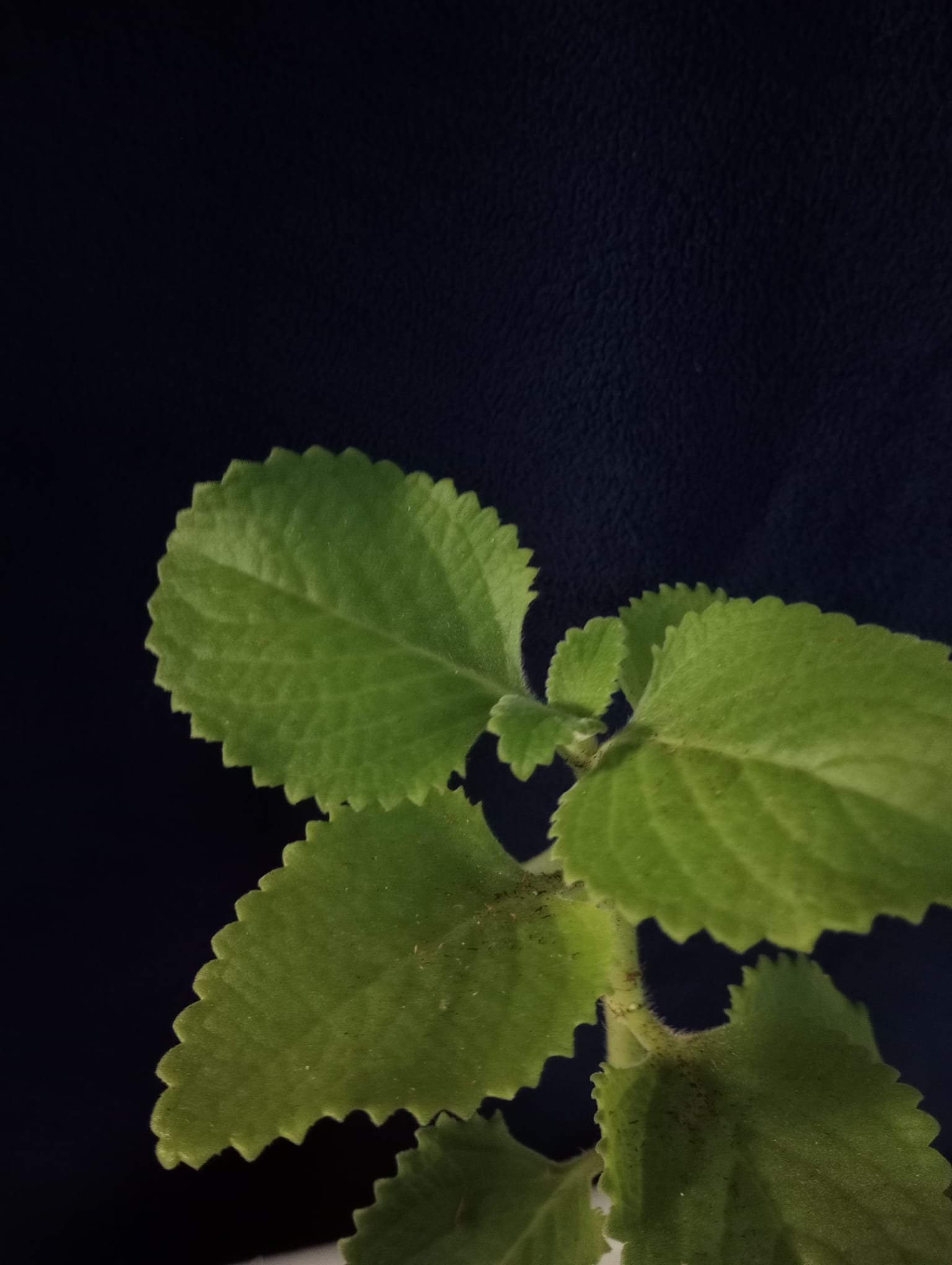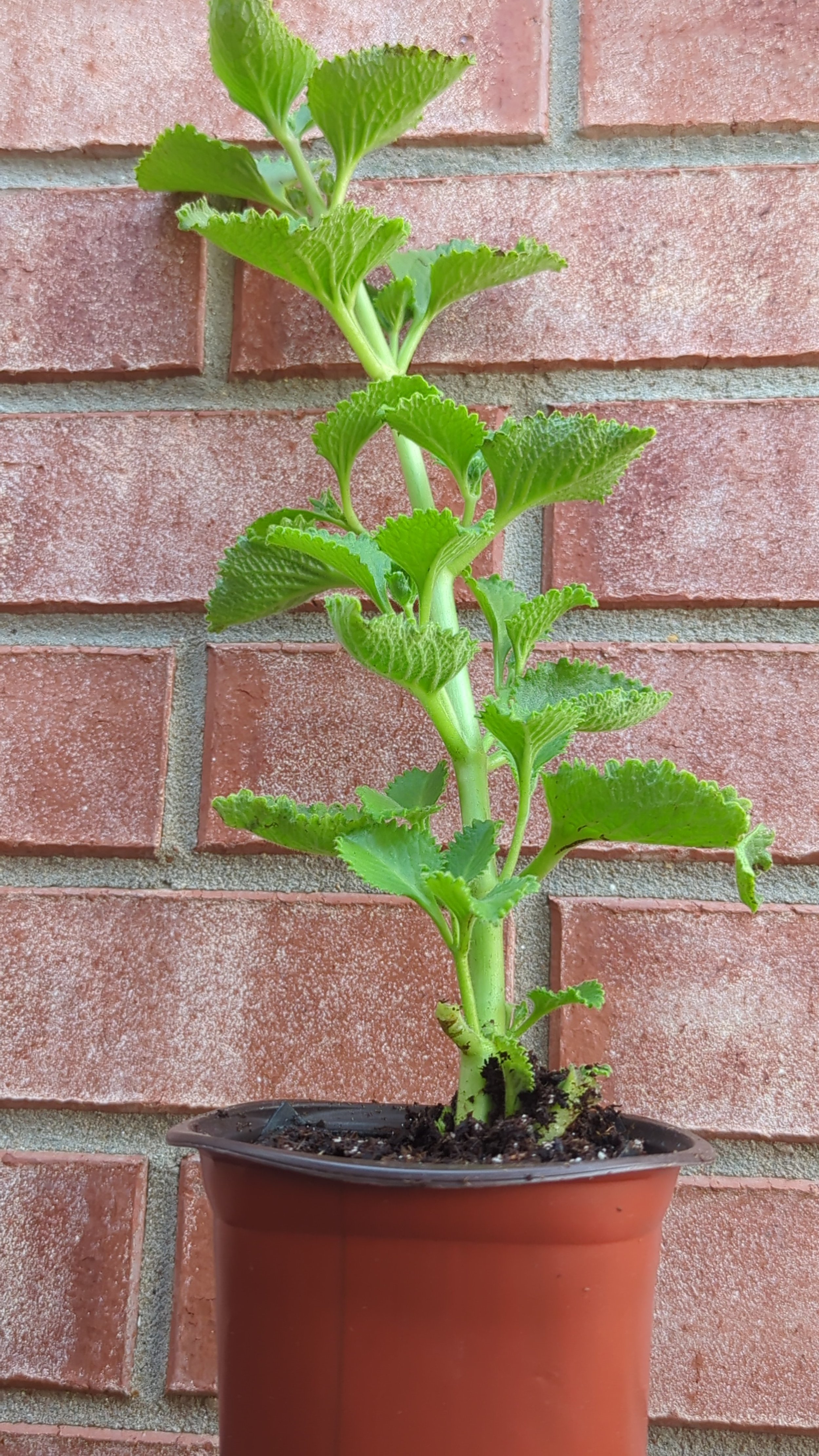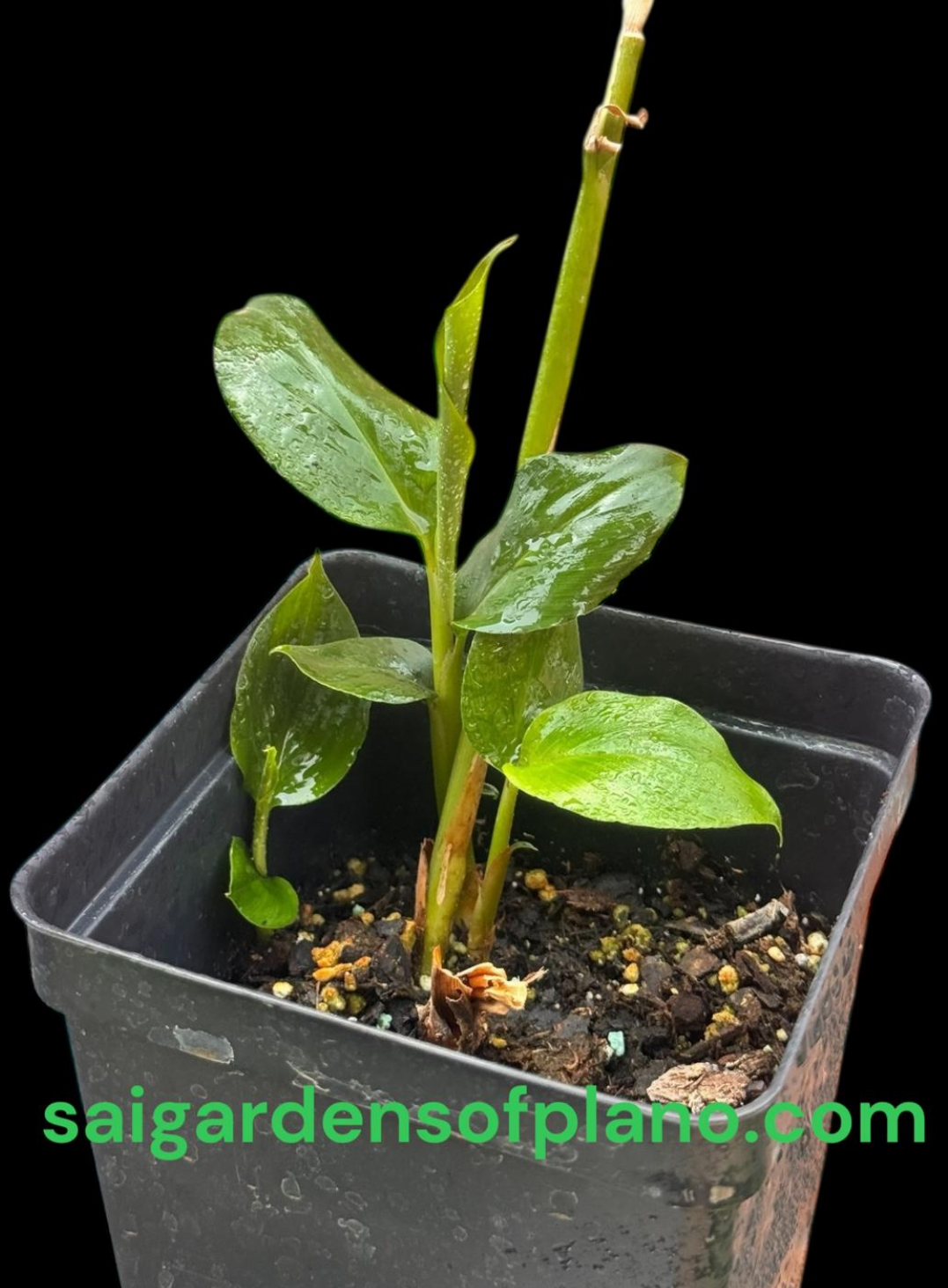 Image 1 of 2
Image 1 of 2

 Image 2 of 2
Image 2 of 2



Tej Patta Plant / Cinnamon Plant / Indian Bayleaf Plant
Mature plant, ~3ft tall, large size container.
The tej patta plant, scientifically known as Cinnamomum verum, is a moderate-sized evergreen tree belonging to the family Lauraceae. It is native to the Himalayan regions of India, Nepal, Bhutan, and parts of Southeast Asia. You might also know it by its other names such as Indian bay leaf, Indian cassia, or malabathrum.
Distinctive Leaves: The leaves are quite different from the Mediterranean bay laurel (Laurus nobilis) that is commonly known as "bay leaf" in Western cuisines. Tej patta leaves are longer (about twice the length and wider), usually olive green, and have three prominent veins running along their length.
Aroma and Flavor: When crushed, the leaves release a strong aromatic scent reminiscent of cinnamon and cloves, but milder. Their flavor is also similar to cinnamon or cassia bark, adding a warm, slightly sweet note to dishes. This is quite different from the Mediterranean bay leaf, which has a more piney and slightly citrusy aroma.
Culinary Uses: Tej patta is a staple in Indian and South Asian cuisines. It is widely used as a flavoring agent in various dishes, including:
Curries: It adds depth and warmth to vegetable and meat curries.
Soups and Stews: The leaves are often added whole to simmering liquids to infuse them with their aroma.
Rice Dishes: It's a key ingredient in flavorful rice preparations like biryani and pulao.
Gravies and Sauces: Tej patta contributes a subtle spicy note to sauces and gravies.
Traditional Sweets: In some regional cuisines, like in Kerala, the leaves are used to flavor steamed dumplings.
Medicinal and Other Uses: Beyond the kitchen, tej patta has some traditional medicinal applications and other uses:
Traditional Medicine: In Ayurveda, it's valued for its potential anti-inflammatory, antifungal, and antibacterial properties. It has been used to aid digestion, manage respiratory issues, and potentially help regulate blood sugar levels.
Hair Care: Some believe that water infused with tej patta can help with dandruff and promote hair growth.
Aromatherapy: The essential oil extracted from the leaves is used in aromatherapy to reduce stress and anxiety.
Insect Repellent: Like other bay leaves, tej patta leaves can act as an insect repellent.
Plant Care: If you're considering growing a tej patta plant, here are a few care tips:
Location: It thrives in sunny to partially shaded locations with well-draining soil. Protection from strong winds is beneficial.
Watering: Regular watering is needed to keep the soil consistently moist, but avoid waterlogging.
Fertilizing: A balanced fertilizer every 4-6 weeks during the growing season (spring and summer) will support healthy growth.
Pruning: Regular pruning helps maintain shape and encourages bushier growth. It's best done in early spring.
Mature plant, ~3ft tall, large size container.
The tej patta plant, scientifically known as Cinnamomum verum, is a moderate-sized evergreen tree belonging to the family Lauraceae. It is native to the Himalayan regions of India, Nepal, Bhutan, and parts of Southeast Asia. You might also know it by its other names such as Indian bay leaf, Indian cassia, or malabathrum.
Distinctive Leaves: The leaves are quite different from the Mediterranean bay laurel (Laurus nobilis) that is commonly known as "bay leaf" in Western cuisines. Tej patta leaves are longer (about twice the length and wider), usually olive green, and have three prominent veins running along their length.
Aroma and Flavor: When crushed, the leaves release a strong aromatic scent reminiscent of cinnamon and cloves, but milder. Their flavor is also similar to cinnamon or cassia bark, adding a warm, slightly sweet note to dishes. This is quite different from the Mediterranean bay leaf, which has a more piney and slightly citrusy aroma.
Culinary Uses: Tej patta is a staple in Indian and South Asian cuisines. It is widely used as a flavoring agent in various dishes, including:
Curries: It adds depth and warmth to vegetable and meat curries.
Soups and Stews: The leaves are often added whole to simmering liquids to infuse them with their aroma.
Rice Dishes: It's a key ingredient in flavorful rice preparations like biryani and pulao.
Gravies and Sauces: Tej patta contributes a subtle spicy note to sauces and gravies.
Traditional Sweets: In some regional cuisines, like in Kerala, the leaves are used to flavor steamed dumplings.
Medicinal and Other Uses: Beyond the kitchen, tej patta has some traditional medicinal applications and other uses:
Traditional Medicine: In Ayurveda, it's valued for its potential anti-inflammatory, antifungal, and antibacterial properties. It has been used to aid digestion, manage respiratory issues, and potentially help regulate blood sugar levels.
Hair Care: Some believe that water infused with tej patta can help with dandruff and promote hair growth.
Aromatherapy: The essential oil extracted from the leaves is used in aromatherapy to reduce stress and anxiety.
Insect Repellent: Like other bay leaves, tej patta leaves can act as an insect repellent.
Plant Care: If you're considering growing a tej patta plant, here are a few care tips:
Location: It thrives in sunny to partially shaded locations with well-draining soil. Protection from strong winds is beneficial.
Watering: Regular watering is needed to keep the soil consistently moist, but avoid waterlogging.
Fertilizing: A balanced fertilizer every 4-6 weeks during the growing season (spring and summer) will support healthy growth.
Pruning: Regular pruning helps maintain shape and encourages bushier growth. It's best done in early spring.















